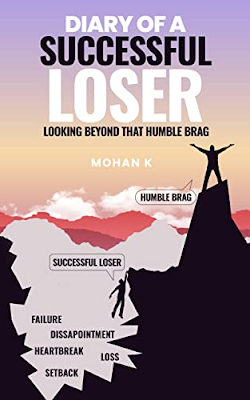Hard to believe 2022 has finally come to a close.
I have been observing that we are all successful losers. We are all losers because of the setbacks and failures we encounter in a life journey. Successful because we eventually overcome loss and failures. As we come to the end of another eventful year, a few of my musings on balancing it all
Loss and failures
My MF, investments and assets have been flat. The global stock market tanked, and they are talking about recession. Indian stocks aren’t doing great either
I have been working through the maze of agents, lawyers and officials on the paperwork for a piece of land my dad bought years ago. The issue keeps dragging on since I am hesitant to pay a “huge” bribe before assurance of approval.
At work, I see laggards regularly suck-up to the boss and get nominated for trivial awards that they post on LinkedIn. These ‘humble brag’ posts generate likes and shares, further reinforcing this charade
Few of my elderly relatives including grandma passed away this year
Successful
After a 2-year pandemic and slowdown, and got to travel a bit and meet with family and friends
I paid off our mortgage this year and resolved to live a debt-free life. Credit cards are handy to earn points or discounts as long as I pay it off monthly.
Despite a few minor bumps, the family continues to be in fairly good health, which is a great blessing.
I have continued to read, blog and write. My book that was published on Amazon, with 20+ reviews is reasonably successful (Amazon - Diary of a Successful Loser)
My job allows me to WFH, that gives me a work-life balance
So, how have you been a successful loser in 2022?






.jpg)

